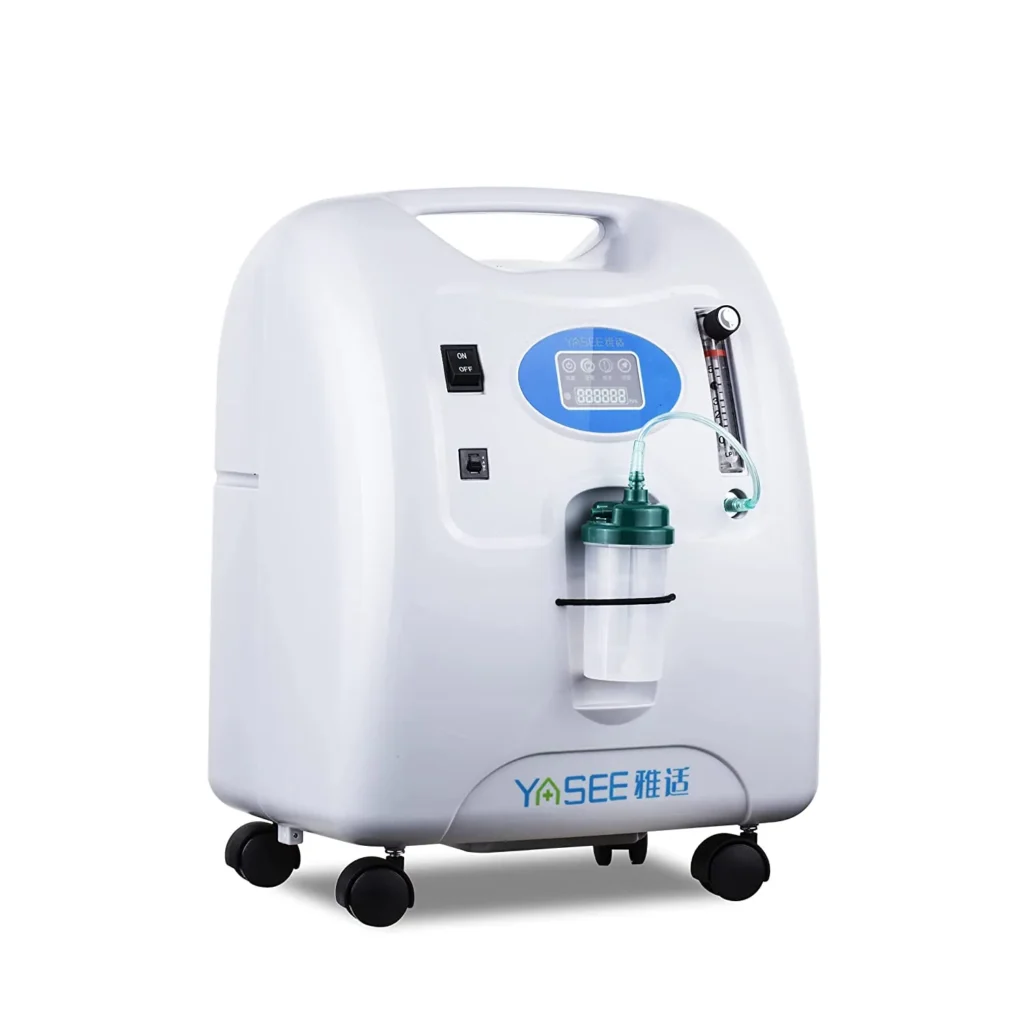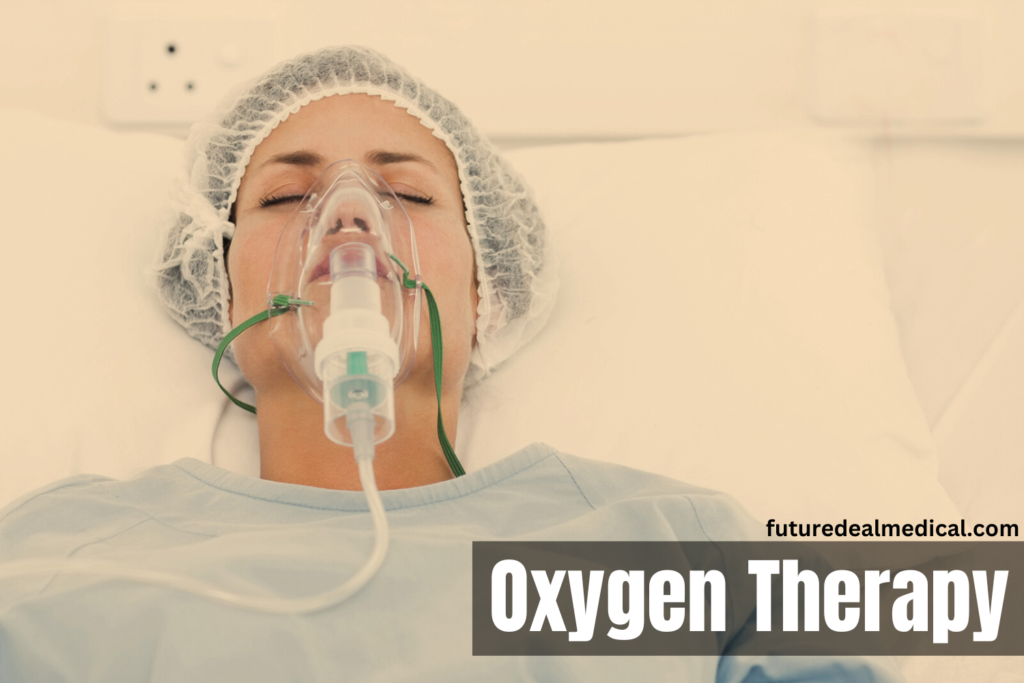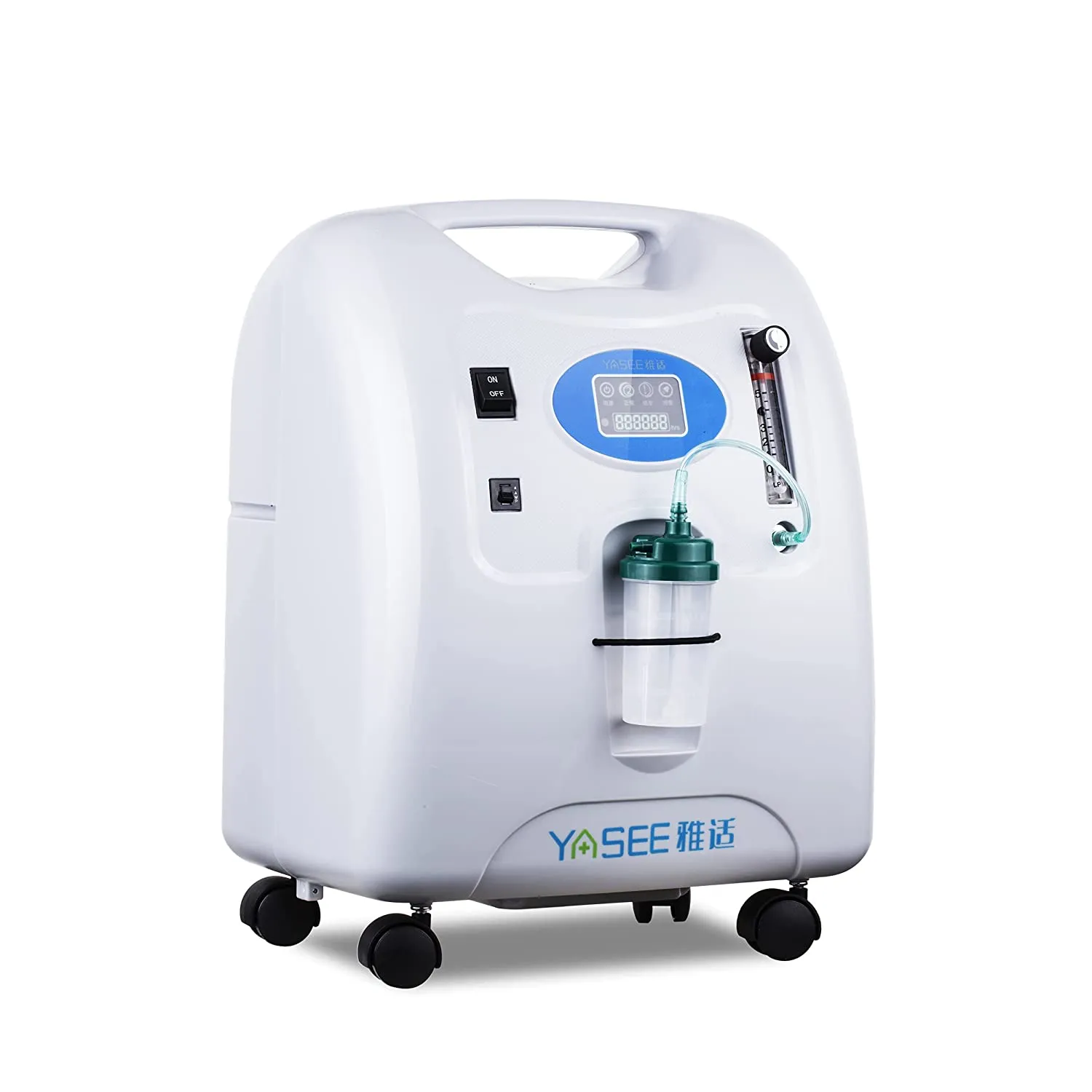Oxygen Concentrator Machine
Knowing the Oxygen concentrator Machine Price will help you make the right decision, whether you buy one for personal use or for a loved one. Prices can vary based on many factors, and understanding these factors can help you find a machine that fits your needs and budget. An oxygen concentrator machine is a medical device, That delivers oxygen to people who have low levels of oxygen in their blood. Unlike oxygen tanks that store large amounts of oxygen, concentrates take air from the atmosphere, filter it and provide a continuous supply of oxygen.
Oxygen Concentrator Machine Price
The cost of oxygen therapy typically ranges from $250 to $2,000. Basic models with few features are at the bottom, while high-end models with advanced features. Portable Oxygen Concentrator Machine Price ranging from $800 to $3,500. The high price reflects the quality, advanced technology and portability of these devices. If you want to buy Oxygen Concentrator Machine Click here.

Table of Contents
Importance of Oxygen Therapy
Oxygen therapy is essential for patients with respiratory diseases such as BPCO, asthma and COVID-1 which helps to increase blood oxygen saturation, improve quality of life and maintain general health.

How Oxygen Concentrators Work
Basic Functionality: Oxygen concentrators work by drawing in ambient air that contains approximately 21% oxygen. The device filters nitrogen, concentrates oxygen to 90-95% purity, and delivers oxygen to the user through a nasal cannula or mask.
Key Components: These are main components include:
- Compressor: Compresses air for the filtration process.
- Sieve Beds: Contain zeolite pellets that trap nitrogen.
- Filters: Ensure clean air is delivered.
- Oxygen Tank: Stores the concentrated oxygen temporarily.
Types of Oxygen Concentrators
Stationary Oxygen Concentrators: This is a large unit designed for indoor use, providing continuous oxygen at a high rate. Suitable for patients requiring variable oxygen therapy.
Portable Oxygen Concentrators: A small and lightweight device that offers great mobility and flexibility. They run on batteries and are easy to carry, making them ideal for busy people.
Features to Consider When Buying
Flow Rate: Indicates the amount of oxygen the concentrator can deliver per minute. Higher flow is required for patients with severe respiratory disease.
Oxygen Concentration Levels: The percentage of pure oxygen delivered. Most concentrators offer 90-96% oxygen concentration.
Portability and Size: Consider weight and size, especially with mobile models. Smaller, easier to carry.
Noise Level: Some concentrations may be noisy. Look for models with a low decibel rating for quiet operation.
Benefits of Oxygen Concentrator
Health Benefits: It increases blood oxygen levels, reduces shortness of breath, and improves overall health and energy levels.
Convenience and Cost-Effectiveness: Unlike oxygen tanks, concentrators provide unlimited oxygen and cost more in the long run.
Common Uses
Medical Use: It is important for patients with chronic respiratory diseases and when recovering from surgery or illness.
Home Use: It allows patients to receive oxygen therapy in the comfort of their homes, improving their quality of life.
Athletic and High-Altitude Training: It is used by athletes to improve performance and by individuals who train at high altitudes with lower oxygen levels.
How to Set Up Oxygen Concentrator
- Choose a location: Place the concentrator in a well-ventilated area.
- Connect the cannula or mask: Attach it to the oxygen outlet.
- Power on the device: Plug in and turn on the concentrator.
- Adjust settings: Set the prescribed oxygen flow rate.
Safety Tips
- Keep the device away from heat sources.
- Ensure the filters are clean.
- Follow the manufacturer’s guidelines.
Routine Maintenance
- Clean the filters regularly.
- nspect the cannula or mask for wear and tear.
- Check for alerts indicating maintenance needs.
- Low oxygen concentration: Check and replace filters.
- Device not turning on: Ensure it’s plugged in properly.
Additional Costs to Consider
Accessories and Consumables: Items such as nasal cannulas, masks, humidifier bottles, and replacement filters are other costs to consider. These foods require constant replacement, adding to all costs.
Maintenance and Repairs: Regular eye care is essential for the proper functioning of the oxygen supply. While some maintenance jobs can be done at home, others may require professional services, which can bring additional costs. It is also important to consider potential repair costs if equipment fails.
Electricity Costs: Because oxygen uses electricity, your electricity bill will increase slightly. Newer models, in particular, can be more energy efficient, so this is something to keep in mind when budgeting.
Where to Buy Oxygen Concentrators
Medical Supply Stores: Local medical supply stores often carry a variety of oxygen concentrators. The advantage of shopping in these stores is that you can see the product in person and get professional advice from the staff.
Online Retailers: Online resources such as Amazon, and specialty medical device websites provide many sources of oxygen. Online shopping often offers competitive prices and customer reviews can help you make a decision.
Second-Hand Options: Buying used oxygen can be an expensive option. However, it is important to ensure that the device is functioning properly and meets the required health standards. It is best to buy it from reputable sources and have the device checked by a professional before use.
Financing Plans
Some suppliers offer financing plans that allow you to pay for your oxygen in installments. This can make the upfront cost more affordable and allow you to get the device you want without financial hardship.
Tips for Finding the Best Deals
Shopping During Sales: Keep an eye out for special sales and promotions, especially around major holidays. Sellers often offer discounts during these times, which can help you save money.
Comparing Prices Online: Take advantage of online comparison tools to check prices from different stores. This can help you get the best deal and ensure you don’t overpay.
Checking for Manufacturer Discounts: Some manufacturers offer rebates or instant refunds to consumers. It’s worth checking the manufacturer’s website or contacting them directly to inquire about any deals available.
Government and Non-Profit Assistance Programs
Government Assistance Programs: Several government programs provide financial assistance for medical equipment, including oxygen. Programs such as Medicare and Medicaid may cover costs for those who qualify.
Non-Profit Organizations: Many non-profit organizations provide assistance to help people obtain essential medical supplies. These programs can provide financial assistance or even provide gifts to those in need.
Conclusion
Understanding the costs and factors that influence the cost of oxygen is critical to making the right decision. Whether you’re considering a compact or compact model, considering other costs, and exploring financing options can help you find a device that fits your needs and budget. By shopping around, comparing prices, and looking for assistance programs, you can ensure you’re getting the best deal.

